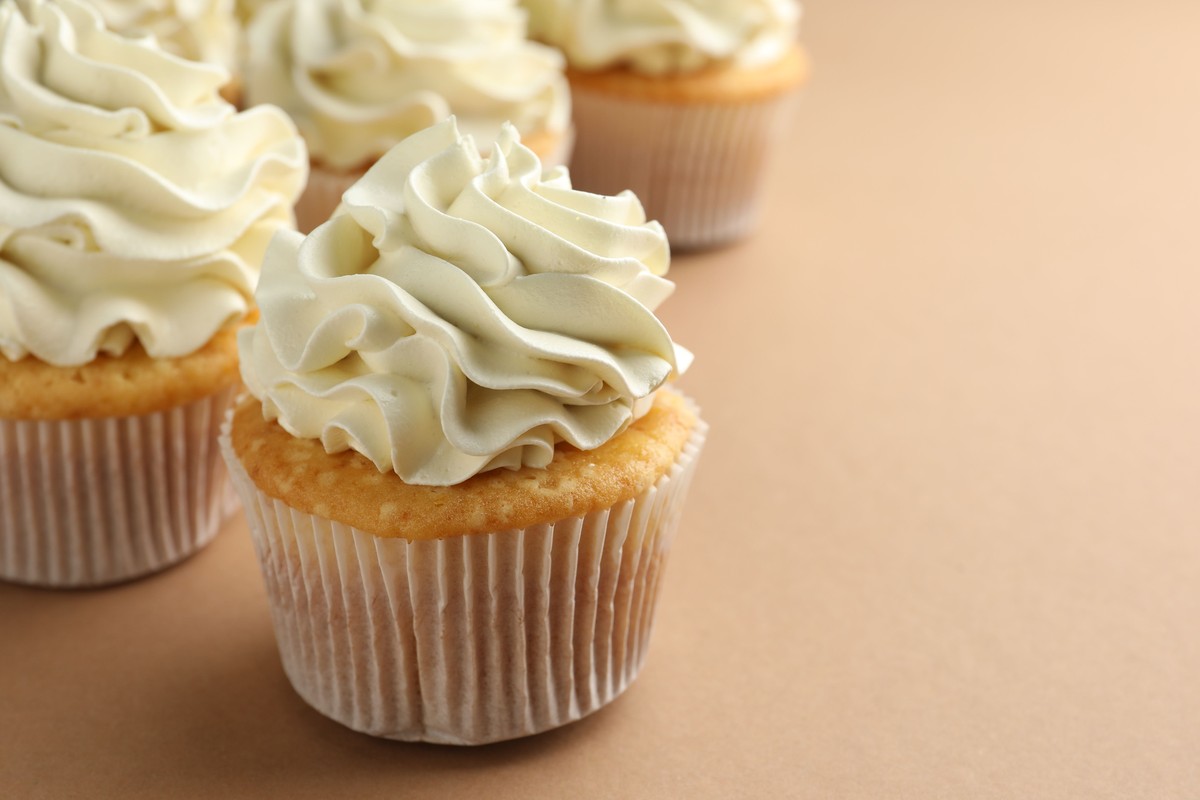
Swiss Meringue Buttercream
Swiss meringue buttercream is a silky, versatile frosting with a smooth texture, perfect for cakes, cupcakes, and creative desserts, offering endless flavor possibilities and bakery-quality results.
Print
Pin
Ingredients
- 1¾ cups granulated sugar
- 6 large egg whites
- ⅛ teaspoon salt
- 1 tablespoon pure vanilla extract
- 3 sticks 1½ cups unsalted butter, at room temperature, cut into 1-tablespoon pieces
Instructions
- Begin by preparing a double boiler. Place a heat-safe mixing bowl over a saucepan containing 1–2 inches of gently simmering water. Ensure the bottom of the bowl does not touch the water to prevent overheating the eggs.
- Add the egg whites and granulated sugar to the bowl, whisking consistently to blend the two ingredients. Keep stirring the mixture gently but continuously for about 3–4 minutes, until the sugar completely dissolves. To check, rub a small amount of the mixture between your fingers it should feel smooth, without any sugar granules. The temperature at this stage should fall between 140°F and 150°F, though a thermometer isn’t required.
- Once the sugar has fully melted, carefully lift the bowl off the saucepan and set it on a towel to cool slightly for 10 minutes at room temperature.
- Next, secure the bowl onto your stand mixer fitted with a whisk attachment. Whip the egg white-sugar mixture on high speed for 5–7 minutes, until soft to medium peaks form and the bowl’s bottom feels neutral to the touch.
- Reduce the mixer speed to medium-low and gradually incorporate the softened butter, one piece at a time. Allow each cube to fully mix in before adding the next, ensuring a smooth and cohesive mixture.
- When all the butter has been added, pour in the vanilla extract and sprinkle in the salt. Increase the mixer speed to high and beat for an additional 6–8 minutes. At first, the buttercream may appear curdled or uneven in texture this is perfectly normal. Continue whipping until the buttercream transforms into a silky-smooth, thick consistency with firm peaks.
- If the mixture still seems split or overly soft after 8 minutes, don’t panic; refer to troubleshooting suggestions for adjustments.
- Finally, to eliminate excess air bubbles and achieve a flawless texture, remove the bowl from the mixer. Use a rubber spatula to gently fold the buttercream for 1–2 minutes, pressing it against the sides of the bowl as you work.
- Your Swiss meringue buttercream is now ready to spread, pipe, or swirl into beautiful, velvety creations. Enjoy!
Notes
Ensure your mixing bowl is impeccably clean, as even the slightest trace of grease can deflate the meringue. Likewise, any egg yolk in the whites will prevent them from whipping to stiff peaks due to the fat content.
Troubleshooting:
Curdled or Clumpy Buttercream: If the buttercream appears curdled after whipping, the butter was likely too cold. Gently warm the mixture by placing the bowl over simmering water for 1–2 minutes, stirring continuously. Once softened, whip the mixture on high speed for several minutes until smooth and creamy.
Soupy Buttercream: If the buttercream looks thin or runny, the butter may have been too soft. Place the bowl into the freezer for about 5 minutes. Remove and whip on high speed until it thickens and achieves a creamy consistency.
For Advance Preparation: If making buttercream ahead of time or using leftovers, let it sit at room temperature for an hour. Then rewhip it in an electric mixer for several minutes until it regains its smooth, creamy texture. Should it appear curdled or soupy during this process, refer to the troubleshooting tips above.
Soupy Buttercream: If the buttercream looks thin or runny, the butter may have been too soft. Place the bowl into the freezer for about 5 minutes. Remove and whip on high speed until it thickens and achieves a creamy consistency.
For Advance Preparation: If making buttercream ahead of time or using leftovers, let it sit at room temperature for an hour. Then rewhip it in an electric mixer for several minutes until it regains its smooth, creamy texture. Should it appear curdled or soupy during this process, refer to the troubleshooting tips above.